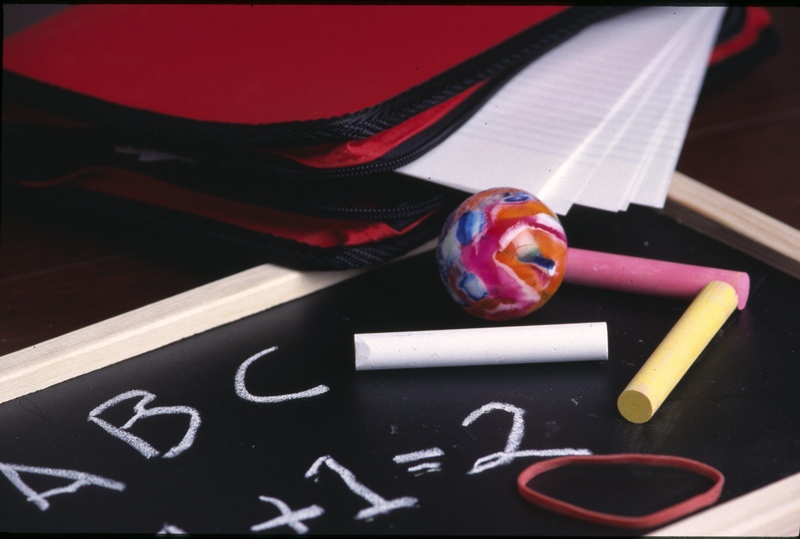Developmental Mash
The convergence of two articles about developmental stages inspires me to an interesting mashup. A few weeks ago, I read the New York Time Magazine article on twenty-somethings. The article proposes that perhaps there is an new life stage for those ages 18 to 30 who “take longer to reach adulthood”:
The traditional cycle seems to have gone off course, as young people remain untethered to romantic partners or to permanent homes, going back to school for lack of better options, traveling, avoiding commitments, competing ferociously for unpaid internships or temporary (and often grueling) Teach for America jobs, forestalling the beginning of adult life.
The implications of such a stage for the development, recruitment, and mentoring of new teachers is frightening, indeed. If the younger role models in our classrooms are not “grown ups,” are we perpetuating Peter Pan instead of learning? But this article, while fascinating, is only half the mash.
Today I read about the National Council for Accreditation of Teacher Education (NCATE)’s release of a study concluding that “too few [teachers] enter the profession with an understanding of the developmental sciences, which research says have a critical impact on students’ ability to learn.” I draw from a press release; the full study is available for a fee. Excerpts from the study’s recommendations include (with my emphasis):
- Revamp educator preparation programs to improve teachers’ knowledge of child and adolescent development.
- Include child and adolescent developmental strategies in standards and evaluation systems…development science should be incorporated into accreditation and new academic content standards and into assessment practices….measures of teacher effectiveness should include measures of an educator’s knowledge and application of child and adolescent development strategies.
- Acknowledge the need to address developmental issues in turning around low performing schools.
 Two articles, two concerns about recognizing developmental stages. Some interesting questions arise: if new teachers, presumably — though not always — young, are not “ready to launch” in their twenties, should we be incorporating consciousness of THAT into teacher ed programs, too? And what about policies on high stakes tests, etc. ? Finally someone verifies what first grade teachers have been screaming about: current testing is not developmentally the best way to assess student growth. And what if the first grade teacher is a twenty-something? Is he/she ready to be assessing or assessed?
Two articles, two concerns about recognizing developmental stages. Some interesting questions arise: if new teachers, presumably — though not always — young, are not “ready to launch” in their twenties, should we be incorporating consciousness of THAT into teacher ed programs, too? And what about policies on high stakes tests, etc. ? Finally someone verifies what first grade teachers have been screaming about: current testing is not developmentally the best way to assess student growth. And what if the first grade teacher is a twenty-something? Is he/she ready to be assessing or assessed?
I really don’t know what should be done with this confluence, this developmental mash. Yes, it is only through coincidence that I pull them together. But isn’t it interesting that people are looking at what constitutes adulthood, what prepares a teacher, and how we should be trying to understand the younger ones, both teacher and student, along the way? Sometimes odd juxtapositions can inspire some intriguing questions.










